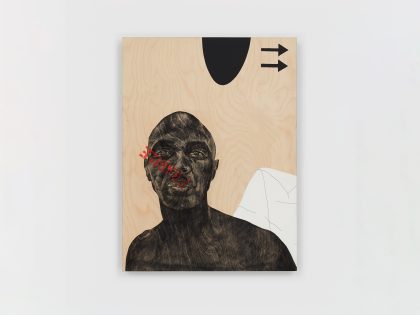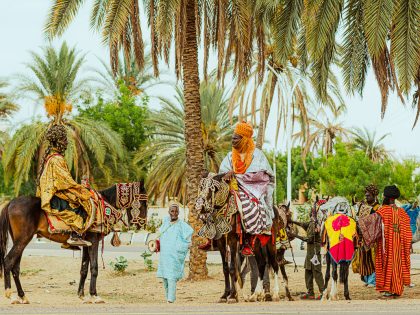The single story of African design
A new book highlights African innovation, challenging dominant perceptions of the continent.

Tapiwa Matsinde’s book, Contemporary Design Africa, challenges perceptions of African creativity by focusing on design and innovation on the continent. Tapiwa Matsinde is a British-Zimbabwean designer, creative business consultant, blogger and writer. Her book is attempting to push back against the “single story” of African art. The aim of the book is to challenge the standard imagery of “wooden statues, masks, animal prints, tribal markings, safari chic, ebony and ivory, and earth tones,” revealing a fluid, dynamic and unpredictable creative economy, in places as diverse as Nigeria, Zimbabwe, South Africa, Senegal, Burkina Faso and Mali. Inspired by Chimamanda Ngozi Adichie’s popular TED talk, Matsinde’s volume celebrates novel approaches to design throughout the continent.
Through photographs and text, Contemporary Design Africa considers a selection of intricate, colourful and sustainably produced decorative objects. Matsinde focuses especially on basketry, ceramics, metalwork, woodcarving, weaving and textiles, fashioned from materials such as beads, raffia, shells, embroidered textiles, leather, ivory, metals and bamboo, among others. Aside from extolling the objects, Matsinde emphasizes the originality and imagination of African artisans. To cite one example, she considers textiles by Henoc Maketo of Design Maketo, which draw inspiration from the multi-layered motifs and effervescent colour palettes of the Democratic Republic of Congo. Maketo specializes in screen-printing and uses old and new print techniques to produce his designs. In 2011 he won the prestigious New Design Britain, Fabrics Award at Interiors Birmingham.

Similarly the Cape Town based textile company, Shine Shine, produces funky and playful designs for a youthful audience. Shine Shine was founded in 2007 by Tracy Rushmere. The distinct aesthetic is the result of the partnership between Rushmere and South African graphic designer Heidi Chisholm. The textiles are inspired by anything from barbershop signs found across the continent to religious cloths. The premise of the collaboration was to create designs that celebrated African artisanship. Shine Shine’s products range from clothing to interior accessories. The designs appeal to the transnational hipster aesthetic.
Conventionally, African craftspeople have remained anonymous to international audience members; Matsinde’s book joins others who have been working to ameliorate this situation. One only has to think of the work of Bongiwe (Bongi) Dhlomo. Her piece entitled “Artist Unknown: At the End of the Day” is a critique on the continual dismissal of African artists in the international art market and gallery space. African artisanship has been relegated to the periphery of mainstream art production, which has led to its seeming non-existence in the international art market (although work by Africans certainly looks large in the international curio trade). One only has to go to an art museum to locate the absence of African artists. Expanding the framework suggests there are more possibilities for African art and artists. Matsinde’s volume recognizes that African artists are adept at providing decorative objects that are functional, beautiful and timely. Matsinde does this in part by focusing instead on nations, materials and contexts to help her audience understand the relationship of these forms to their ‘traditional’ forebears.

Through novel applications of ‘traditional’ styles Matsinde drives home the implicit point that African art and design has always changed, developed and grown anew.



















